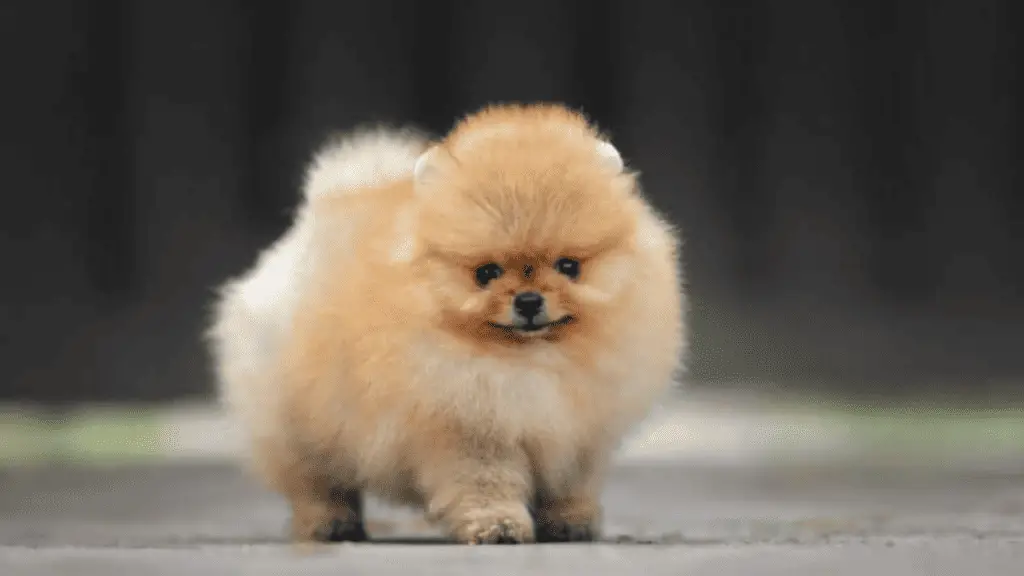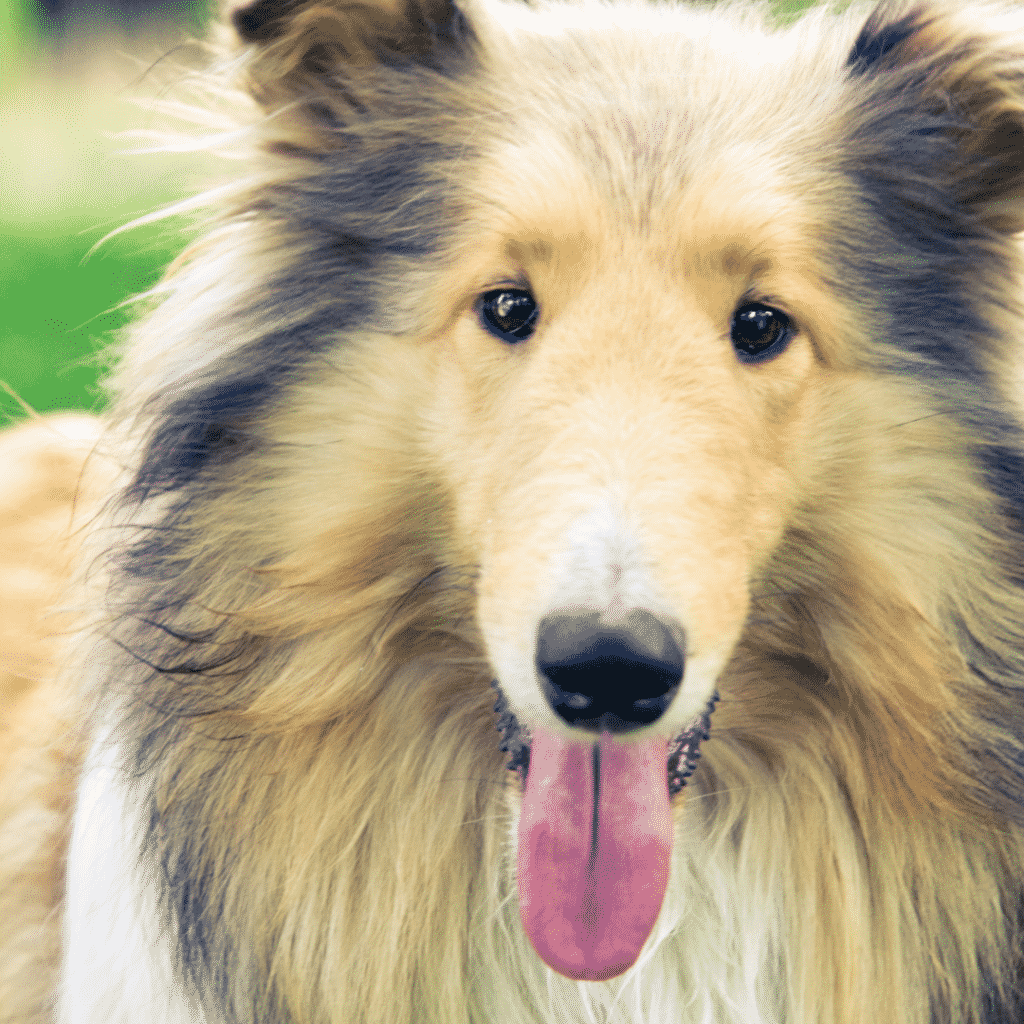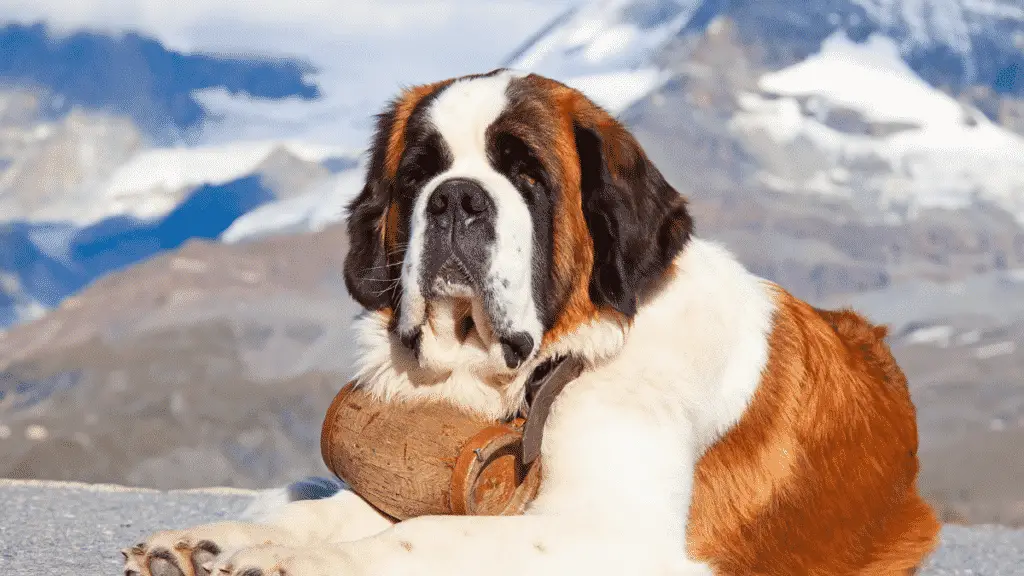Every dog breed is different when it comes to growth. So, when do dogs stop growing? Small breed dogs, medium sized, large dogs, giant breeds, and mixed breed dogs all have varying growth spurts. While there is no single answer to this question, most dogs will stop growing by the time they are two or three years old.

What does stop growing really mean?
In answering the question about when dogs stop growing it’s important to define the metric being used to define growth.
When it comes to dogs, we’re talking about the relative end of their growth period based on their size or breed.
Growth period is the time it takes for a dog to reach specific weight or height targets based on the breed standard.
How do you know when your dog will stop growing?

All dogs will stop growing at some point, although the time at which this occurs varies depending on the breed of dog. Smaller breeds tend to reach their adult size sooner than large and giant breeds. Medium breeds often fall in between these two extremes. Although their age ranges are close together, their growth will differ based on the gender and overall weight of the dog.
Let’s take a look at the range from larger dogs to smaller breed dogs, and focus on the differences between how the breed size that impacts their growth and becomes a factor to determine final size.

Small Breed Dogs Have The Shortest Growth Time
Starting with the shortest growth period, smaller breed dogs can weigh anywhere from 4 to 12 pounds. Examples of small dog breeds are Chihuahuas, Dachshunds, and Miniature Pinschers. In general, they don’t grow very tall.
These small breeds will take around half a year (6 months) to a full year (12 months) to grow. When compared to other dogs like a large or medium breed, smaller breed dogs growing by any real noticable amount is rare.
Smaller breeds reach their full size much faster. If you’re looking for a dog that will grow in a year or less, a small breed is for you.

Medium Sized Dogs Growth
Unlike small breeds, medium breeds will take a bit longer. However, it willl depend on the type of dog an may or may not be by much – but enough to be noticeable.
The odds are, that a medium-sized dog will finish its growth within 8 to 12 months, and depending on the type of dog, it could take a bit longer.

Some common examples of mid-sized dogs include:
- Labrador Retrievers
- Golden Retrievers
- Beagles
- Bulldogs
- Australian Shepherds
Typically, these medium dogs will weigh between 30 and 70 pounds and stand between 18 and 24 inches tall.
Medium breeds have a growth time that’s in between the small and large breeds. Oddly fitting, isn’t it?
What’s The Deal With Large Breed Dogs?
You may be thinking ‘what’s the difference between giant and large breed dogs?’. Although there are no specific guidelines that set them apart, there are two key factors to consider.

Giant Breed Weight
Giant dogs tend to weigh over 100 pounds. Akitas, Bernese Mountain Dogs, and Bloodhounds are popular examples of these giant breeds.
Larger Breeds Weight
Large-sized dogs are between 55 and 85 pounds. Collies, Boxers, and Golden Retrievers are popular examples of these large breeds.
When Do Larger Dogs Stop Growing?
You can expect a shorter growth time than giant breeds because of their weight difference. However, it won’t be by much. The average time your dog will stop growing will be around the 10-16 month range.
This could be either less than a year or a little over a year. It varies for each dog, but this is a general range to consider while monitoring your puppy’s growth.
When fully grown, you could be looking at a dog weighing anywhere from 50 to 100 pounds. Larger dogs will take a while to fully grow, but it’ll be worth it in the end!

When do German Shepherds stop growing?
I have a really big German Shepherd that weighs almost 100 pounds! Although, according to the American Kennel Club standard, German Shepherds are large breeds.
My Shepherd is definitely considered bigger than average for purebred dogs of his breed class.
As a large breed puppy, it was fairly easy to tell that he was going to be a big dog based on his large paws. He just turned two years old now, and he stopped growing when he was a little over two.
What do veterinarians say about neutering and dog growth?
Based on veterinary advice, we waited until our pup was passed 18 months old to neuter him This is because according to our veterinarian, if we wanted our dog to maximize his growth then waiting until 18-months was the best.

Does neutering affect dog size?
There is a surprisingly alarming rate of mixed information about the impact neutering has on a dog‘s size.
According to an article from the Washington Post, “researchers say the reproductive hormones controlled by the removed sex organs have important systemic roles. They influence muscle mass and tendon and ligament strength, and they tell bones when to stop growing. “Without those hormones, your body might just not be as robust,” Simpson said.”
You should discuss this with your vet if you are making this decision.
Some research notes that neutering a dog will not necessarily make them smaller or larger. It will depend on the individual dog and the type of neutering procedure that is performed.

Giant Breed Dogs Are Indeed Giant
Giant dog breeds are typically large dogs that weigh more than 90 pounds.
Typically, giant dog breeds are going to finish growing in that 2 year period. It will take them over a year, around 12-18 months, or even longer to reach adult size.
Some of the most popular giant dog breeds include the Great Dane, the Mastiff, and the Rottweiler.
When fully grown, some giant breeds can reach over two-hundred pounds when fully grown, especially as male dogs reach their adult weight. As for their height, they can grow more than 2 feet tall, with taller dogs being 3 or more. Prepare for a tall and heavy dog!
Hybrid or Mixed Breed Dogs Are Wildcards
Mixed breeds are, well, mixed. There’s no straight answer to how big mixed breed adult dogs will get. However, using the above criteria, you might have to be creative to determine when your pup will stop growing.
For starters, look at the ask your vet what breeds might the parents of your hybrid or mixed pup include.
Are both parents small or large dogs? A small and medium breed? Two large breeds? If you know what your puppy is a mix of, it’ll become easier to determine the average growth period.
Here’s an example: a hybrid breed with two large-sized parents will most likely have the growth period of a larger breed, and the same applies to others.
If it’s a mix between two different sized breeds, like a small-sized and medium-sized, then expect the growth time to be in between A small and medium breed’s zone.
How Long Does it Take Puppies Grow Into Adult Dogs?
Giant dog breeds have long bones that continue to grow even after the dog reaches maturity. This means that giant breeds like the Great Dane and Irish Wolfhound will keep growing until they are about two years old. At this point, their bones will have reached their full size and growth will stop.
Smaller growing puppies, on the other hand, stop growing much earlier. Most small dogs reach maturity by the time they are a year old, and their bones have stopped growing by the time the growing puppy reaches six months old.
This is why it is important to monitor puppy growth -from small to medium breed puppies – to giant breed puppies
It is essential to feed them just puppy food until they reach maturity. Their bodies need all the nutrients from pet food that they can get to continue growing properly.
If you’re not sure when your dog will stop growing, ask your veterinarian for advice. They will be able to take a look at your dog’s bone structure and give you a better idea of when they will reach their full adult size.
When do dogs stop growing roundup
You can’t know exactly when your dog will stop growing, but most dogs will stop growing around the age of two or three, depending on the breed.
The growth period varies substantially depending on their breed. As dogs grow, their growth rate slows and they stop growing at different times depending on size. Smaller dogs stop growing sooner than larger breeds.
Now you know when your dog will stop growing based on its size. With this information, you can choose which breed you want, better monitor your puppy growth, and know when they’ll stop growing!
ALSO READ:



